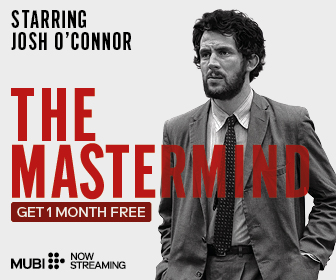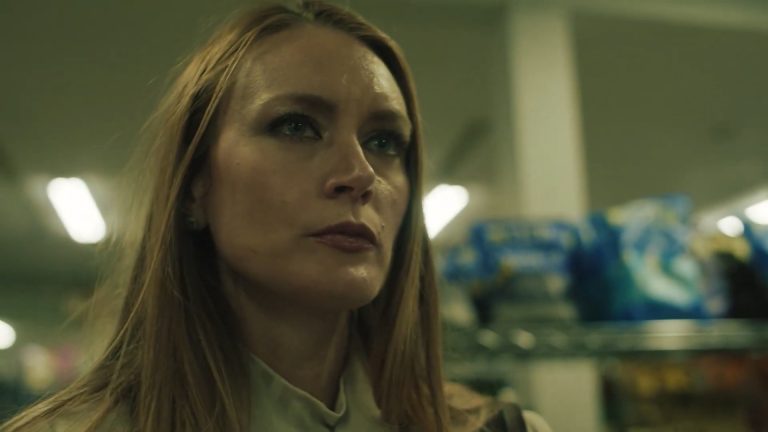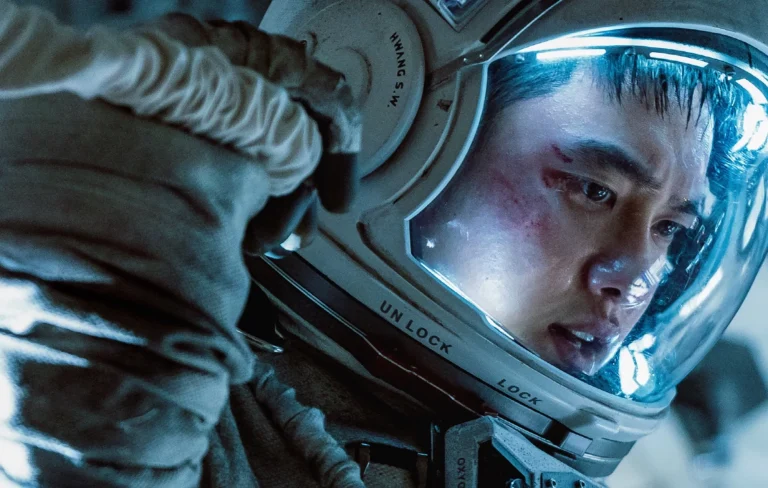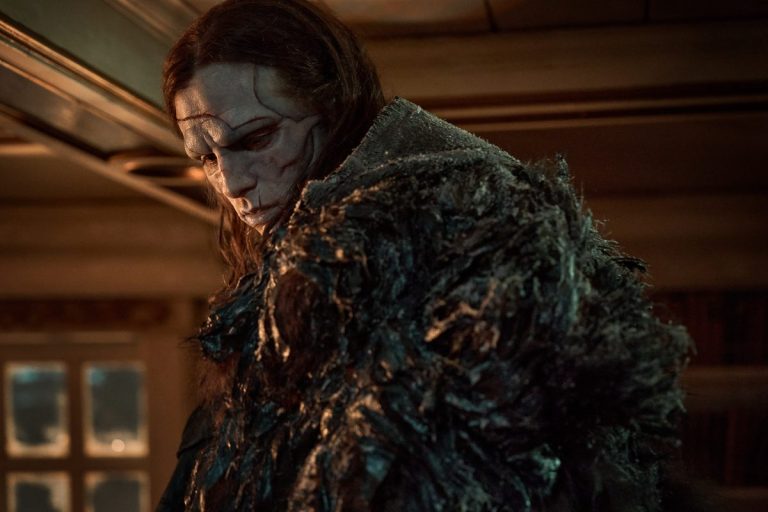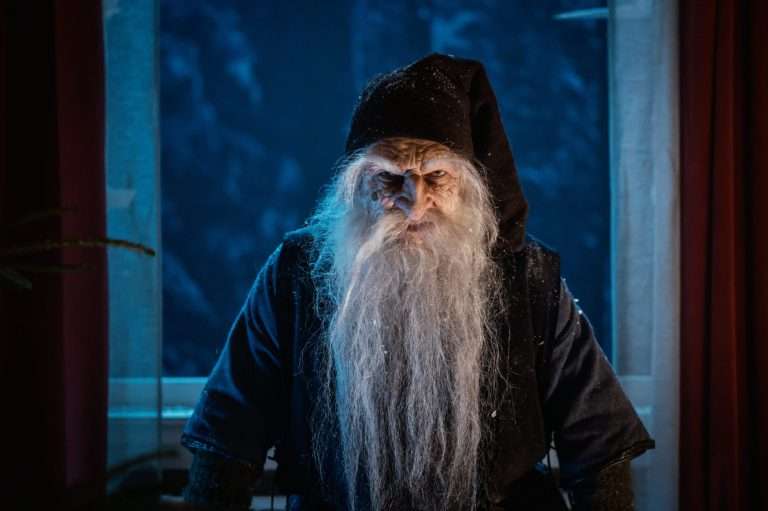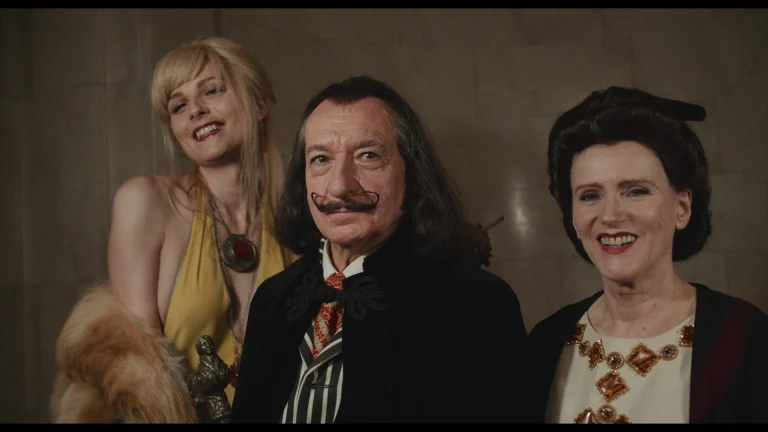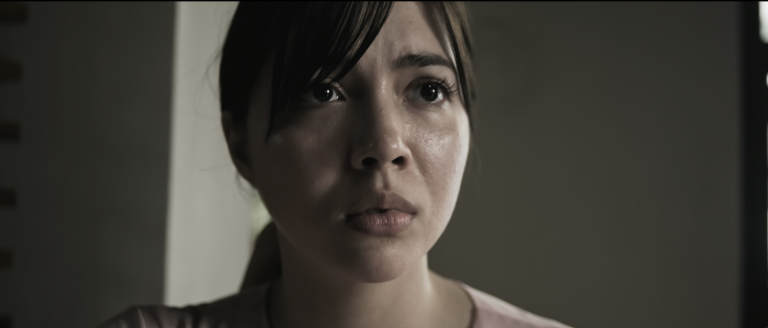Following her 2014 clutter-breaking debut “The Babadook”—still hailed as one of the defining postmodern horror films of the last decade—Australian writer-director Jennifer Kent was reportedly deluged with scripts to direct. Instead of taking the easier path, she chose to helm her own extraordinarily difficult screenplay, a project stacked with heavy blocks: the rape-revenge genre that easily tilts toward exploitation, the fraught history of the Black War in Van Diemen’s Land, and the challenge of internalizing horror without reducing it to violence porn.
“The Nightingale” finds Kent rising to each of these hurdles with startling narrative precision. For a sophomore feature, it is unrelenting, unforgiving, and unapologetic in equal measure. Shot in the constricting 1.37:1 aspect ratio and bathed in Malickian natural light, the film achieves a stark realism that refuses to compromise. At the same time, it honors the delicate interior and exterior turmoil of its Irish heroine and her Aboriginal companion. This is not to say the film is without faultlines. Its elongated runtime occasionally tips into overextension, playing like a grim odyssey that strains patience. Much of the second act leans heavily on atmosphere, leaving its thematic layering more to the visuals than the writing.
What saves it, however, is the bleak empathy of Aisling Franciosi’s performance as Clare, which anchors the film with raw immediacy. Opposite her, Baykali Ganambarr lends Billy a quiet intelligence and tenderness, offsetting the despicable cruelty embodied by Sam Claflin’s Hawkins. Together, they transform the film into something more than its genre scaffolding—a psychologically dense character study that breathes through pain and resilience alike. Here, then, is an attempt to navigate the film and its themes.
The Nightingale (2018) Plot Summary & Movie Synopsis:
In 1825, on the eve of the Black War, Irish convict Clare Carroll works as a servant for a colonial detachment commanded by Lieutenant Hawkins. When an officer arrives to assess Hawkins for promotion, Clare—nicknamed “Nightingale”—sings and serves drinks for the men. Later, Hawkins summons her, forcing her to sing a special song. He makes unwanted advances, and when Clare resists, he rapes her, punishing what he sees as insolence.
What happens after Clare’s husband fights with the men?
Clare asks Hawkins for a letter of recommendation that would free her, her husband Aidan, and their infant daughter Bridget. Aidan suspects she has been hurt and presses Hawkins about the letter. That night, Aidan brawls with Hawkins, his second-in-command, Sergeant Ruse, and Ensign Jago. The visiting officer witnesses the fight and concludes Hawkins is unfit for promotion. Furious, Hawkins orders Ruse and Jago to ready supplies for a march to Launceston, where he hopes to plead his case.
Why does Clare seek revenge?
Before leaving, Hawkins and his men intercept the Carroll family as they try to escape. He rapes Clare again and orders Ruse to do the same. Then Hawkins shoots and kills Aidan, commanding Jago to silence Bridget, who he murders. Clare wakes the next morning and reports the atrocities to an RMP officer, only to realize no justice will come. Determined to seek revenge, she enlists the help of an Aboriginal tracker named Billy.
What does Billy tell Clare?
Clare lies to Billy, claiming she wants to reunite with her husband, traveling with the colonial forces. She treats him with open racism, and Billy sees her as no different from the English colonists who slaughtered his family. But as they move deeper into the bush, their hostility fades. They share stories of grief and oppression, recognizing themselves as conquered people bound by loss.
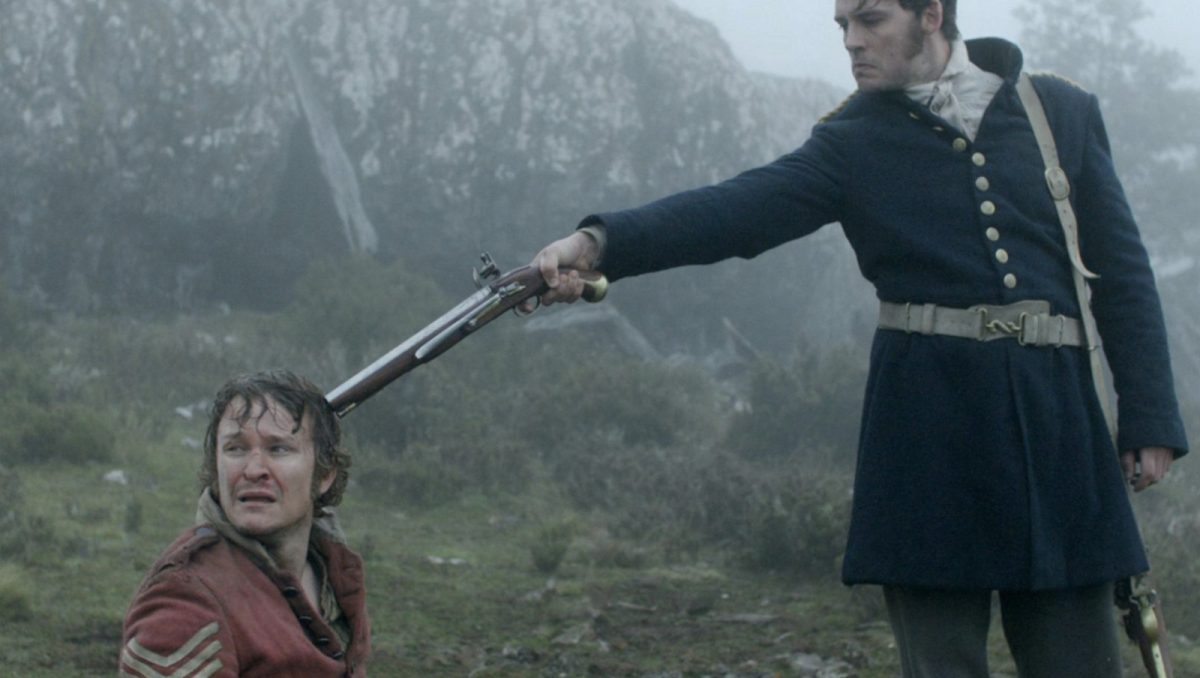
Billy reveals his true name is Mangana, palawa kani for “blackbird,” the yellow-tailed black cockatoo. He dreams of heading north to reunite with the surviving women of his tribe. Meanwhile, Hawkins recruits three white convicts and another Aboriginal tracker, Charlie. Hawkins takes a liking to Eddie, a child convict, while Ruse kidnaps an Indigenous woman, Lowanna, to serve as a sex slave.
Who betrays Hawkins?
When Aboriginal men attempt to rescue Lowanna, they kill a convict and injure Jago. Hawkins retaliates by killing Lowanna, using her death to distract her would-be saviors. He, Ruse, and the convicts then flee, abandoning Jago. Later, Clare and Mangana discover Jago, and believing him to be her husband, she brutally kills him. Mangana, disturbed, nearly abandons her but chooses to stay after hearing her full truth.
That night, Clare is haunted by visions of her dead husband, child, and Jago, all whispering, “We’re all alright.” Meanwhile, Charlie betrays Hawkins and Ruse, steering them to a mountain dead end in revenge for their brutality. Ruse kills him, and Hawkins rages—Charlie was their only real guide. Forced to continue, Ruse takes over the pathfinding.
What happens to Mangana?
Clare and Mangana find Charlie’s body. Mangana performs burial rites and tells Clare that he, too, seeks vengeance. They track Hawkins’s group, but when Clare sees him, she freezes, and Hawkins grazes her with a musket shot. Clare and Mangana are separated, and Mangana is captured, forced into serving as the soldiers’ new guide.
Read More: 10 Great Foreign Horror Movies You Can Watch Right Now
The Nightingale (2018) Movie Ending Explained
What happens in Launceston?
Mangana leads them back onto the Launceston path. Hawkins orders Eddie to kill him, but Eddie hesitates, giving Mangana the chance to escape. Hawkins, enraged, executes Eddie. Clare eventually finds her way back to Mangana, and together they stumble upon a chain gang of Aboriginal men. One tells Mangana he is the last of his people before the prisoners are massacred by their captors, who take their heads as trophies.
Later, Clare and Mangana dine with a sympathetic English couple. Mangana breaks down, mourning the annihilation of his people and homeland. In Launceston, Clare finally confronts Hawkins, denouncing him publicly as a rapist and murderer. Mangana hides nearby, watching. The two slip away, but Mangana, painted for war, decides to return despite Clare’s pleas that he will be killed.
Clare follows him to the hostel where Hawkins and Ruse are lodged. Mangana ambushes them, killing both, but Ruse mortally wounds him in the fight. Clare helps him flee, and together they reach the shoreline. On the beach, Mangana sings and dances, declaring himself free. Clare responds with a Sean-nós song in Irish as they sit side by side, watching the sun rise.
The Nightingale (2018) Movie Themes Analysed:
Revenge, Justice, and the Futility of Retribution
The most straightforward genre label one could stamp on “The Nightingale” is that of a rape-revenge film. On the surface, it plays like one, too. But Jennifer Kent unsettles this mold, asking what revenge cinema rarely dares: can vengeance ever deliver healing, or is it just another trap? If Clare had faltered for good when she froze at the sight of Hawkins, the story would have ended unresolved. Yet the film pushes ahead, unwilling to let her, or us, off so easily.
The killings Clare commits bring her nothing resembling catharsis. Instead, she is tormented by visions of both her dead family and those she herself slaughters. The warmth of domestic intimacy that might have been is replaced with imagery of shadowy isolation, a constant reminder of the life denied to her. Even the companionship she finds in Mangana resists romance; there is no space for it when violence has taken up permanent residence. For him, vengeance echoes almost cosmically, as if born of ancestral forces that have long lingered with his people.
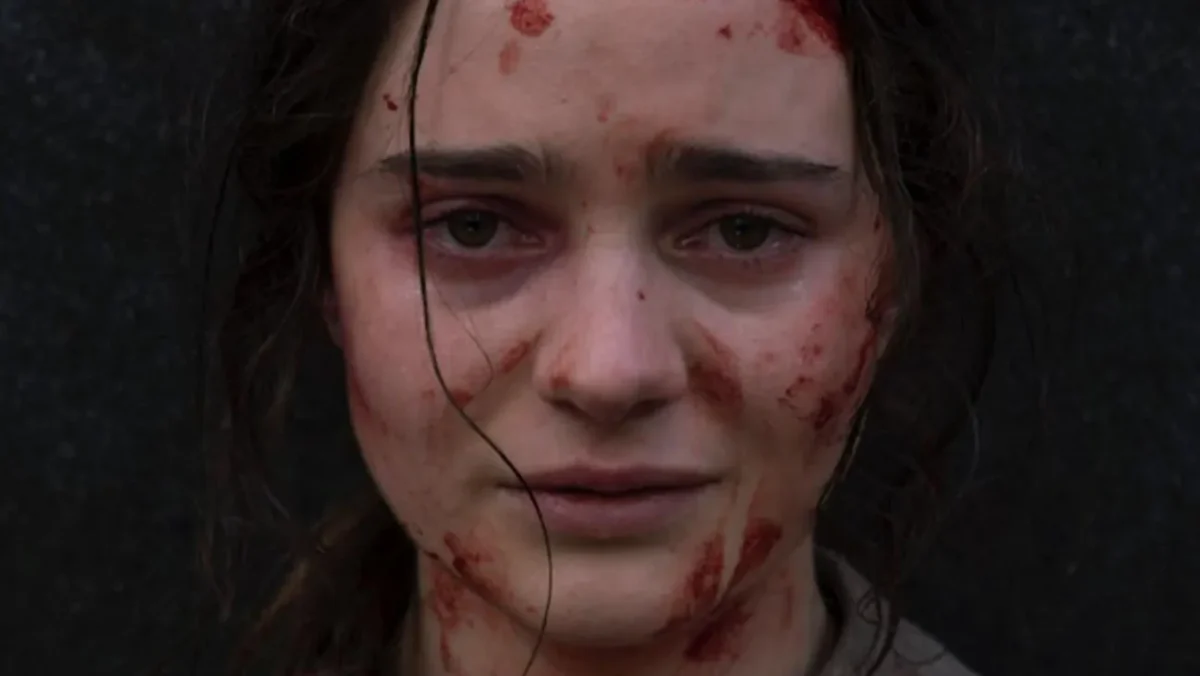
Hawkins does face his brutal reckoning, undone first by humiliation and finally by Mangana’s strike. Yet the resolution is hollow, leaving Clare and Mangana bleeding, adrift, and bound by loss. The sun that rises over the beach doesn’t signify hope but instead a taunting distance, a light forever beyond reach. Retribution, in the end, cannot restore what was consumed.
Gendered Violence and the Silencing of Women
Given the unflinching bleakness of The Nightingale, the film might have risked reducing women to mere victims of its period setting, disguising normalized brutality under the guise of historical authenticity. Instead, Jennifer Kent crafts Clare’s ordeal with a universality that makes its emotional and physical devastation far more cutting.
Her journey is entirely framed by patriarchal violence: her body becomes the battleground where dominance is asserted. So consuming is her yearning for freedom that she endures repeated rape as though it were nothing more than a grim toll on the road to liberation. Within this military-colonial world, the objectification of women and the slaughter of innocents unfold as grotesque logic—acts fully sanctioned by those in power. Hawkins himself feels less like a man than a vessel of patriarchy, his conscience bent into justifying evil as necessity.
And yet, Kent locates the only fragile breath of reprieve in the one possession that cannot be stripped away: Clare’s voice. Her “Nightingale” identity is both her deepest wound and her clearest weapon, carrying her forward as the last act of resistance left to her. By the end, her folk expression belongs wholly to her, unlike her violated body or haunted psyche. But even that victory is fractured, for the other permanent companion she carries is trauma itself.
The Landscape as a Theatre of Horror and Survival
The Tasmanian wilderness in “The Nightingale” is no neutral backdrop—it is the canvas on which every cruelty and every fragile act of survival unfolds. For the colonial soldiers, it is a hostile void where they stumble, starve, and lose control. For Mangana, it is memory and ancestry made physical, a space holding both terror and the remnants of belonging, and for Clare, it is at once a prison and a passage, an unrelenting terrain she must endure to chase her vengeance.
The land records atrocities without judgment: massacres, rapes, and murders bleed into the soil as if swallowed whole. It offers no justice, only a stage where violence repeats itself endlessly. Yet it is also the site of intimacy—the burial rites Mangana performs, the silences Clare learns to inhabit, the sunrise that frames their battered survival.
In Kent’s vision, the landscape refuses romanticization. It is not a lush wilderness for conquest but an active character of menace, bearing witness to history’s blood. Horror and survival play out on the same ground, making the land both accomplice and archive to colonial violence. In the final image at the beach, it feels less like a sanctuary than like a reminder: survival itself is haunted when the land remains soaked in memory.

